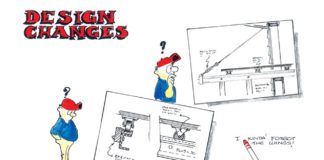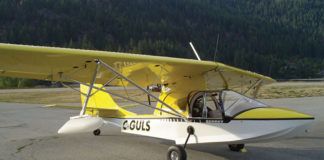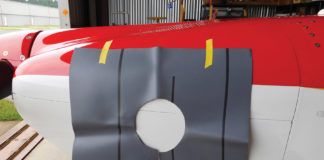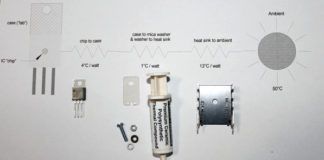
Keeping up with the Joneses is a grand tradition in the western lifestyle, or it least is has been for the last century or so. There seems to be some sort of primeval urge to always try to go one better than our neighbor, and if we can’t do that, we at least have to match them. It’s probably just a guy thing, as women tend to roll their eyes when we men decide that we simply have to have some new gadget for the airplane, regardless of the fact that we haven’t even flown it with the old gadget that we installed just last year. Nowhere does this trait seem as prevalent as it does in Experimental aviation, where we can not only make any changes that we want, but avionics (gadgets) are often much cheaper than they are for our friends with certified aircraft.
We see this all the time on internet forums, don’t we? Someone starts talking about their new EFIS panel, and the next guy comes along and asks how many screens the first guy has. He answers back that one is enough for him, and the second guy shows a picture of his system that has two…and now the first guy starts lusting after that second screen, despite the fact that the single did everything he needed to fill the mission he has for his plane. Next, a third guy points out that he really likes his third screen, because it makes him happier, and before you know it, more guys are piling on with drawings of their proposed panels with four screens. It’s an arms race rendered in pixels!
Now there is nothing fundamentally evil in trying to keep up with your neighbor, so long as you have the money to spend, and it makes you happy. But there are guys (and yes, women too, despite my earlier assertion) that just don’t want to let on that they don’t have the latest and greatest, and therefore spend and build themselves into a corner from which they just can’t escape—the project slows to a crawl for lacking of knowledge or funds, and the builder’s original dreams of simple flight are dashed. The project eventually gets sold, and the original builder wonders why his neighbor could finish an airplane, but he couldn’t. Most of us who have been in this game long enough have seen this more than once. It’s sad.
But there is another, maybe more insidious (and certainly less obvious) manifestation of the “keeping up” phenomenon. You rarely saw this before the advent of the forum culture, but it pops up in very innocent postings about existing designs. Someone will be building an airplane from a well-established kit and asks an innocent question about how to bend their brake lines. Someone answers back saying that it is silly to be trying to bend those lines when everyone knows that you should be using hose instead! In fact, if you don’t use flexible hoses, your brakes will fail, your hair will fall out, and your dog will run away because of the shame. Others pile on that they listened to the second poster and used hoses as well, and they are really happy with them. Of course, they never tried the original tubing idea shown in the plans, so they have no basis of comparison—except that they are happy with the hoses.
Now there is nothing wrong with modifying the design and using the hoses—they work just fine. They do cost more than flexible aluminum tube, and you have to take more time to get them to fit. Then you have to remember to buy the necessary fittings to mate them up with the original tubing farther up the gear leg. Heck, I’ll admit that I have done the same thing—maybe not on brake lines, but on other parts of various kits—just because I wanted to, or because I had bad previous experiences with specific design items. But those kinds of changes and modifications add up—in time spent figuring them out, in money spent for parts that weren’t in the original kit, and in downstream consequences that we always run into when modifying an existing design.
The truth of the matter is, if the kit was well engineered, those original brake lines are probably operating on many aircraft for a cumulative time of thousands of hours—and they work just fine. Simple, maintenance free, cheap—that’s what the designer intended. I get to talk to lots of kit and aircraft designers around the country, and the thing that comes up again and again is how people keep adding weight and cost to simple designs—designs that have proven themselves over decades, but might not look quite “high tech” enough for today’s crowd.
So once again, let’s say that there is nothing wrong with modifying the design if you understand and accept the consequences (both good and bad) of your change. Hey, we custom build because we want to make it our own—that’s more than half the joy of making our own airplanes. But there is also no shame in building to plans, keeping the airplane simple, and getting it finished for the least cost and in the shortest amount of time. There should be no shaming of folks that build to plans, people who simply aren’t interested in what neighbor Jones is doing next door.
“Build the airplane that you want, not one that others want you to build.” I see that quote on many signatures on forums across the internet. It is a great sentiment, and shows an understanding of human nature and the culture in which we live. It can be hard to ignore the arms race as everyone else at the airport decides that they simply have to have the latest radio or glass screen—or that they have to listen to an internet (or magazine) guru whom they have never met—and change an existing design that has proven itself for a long time. It’s great to have the freedom and opportunity to make those choices. But remember, you can also choose not to play that game.













